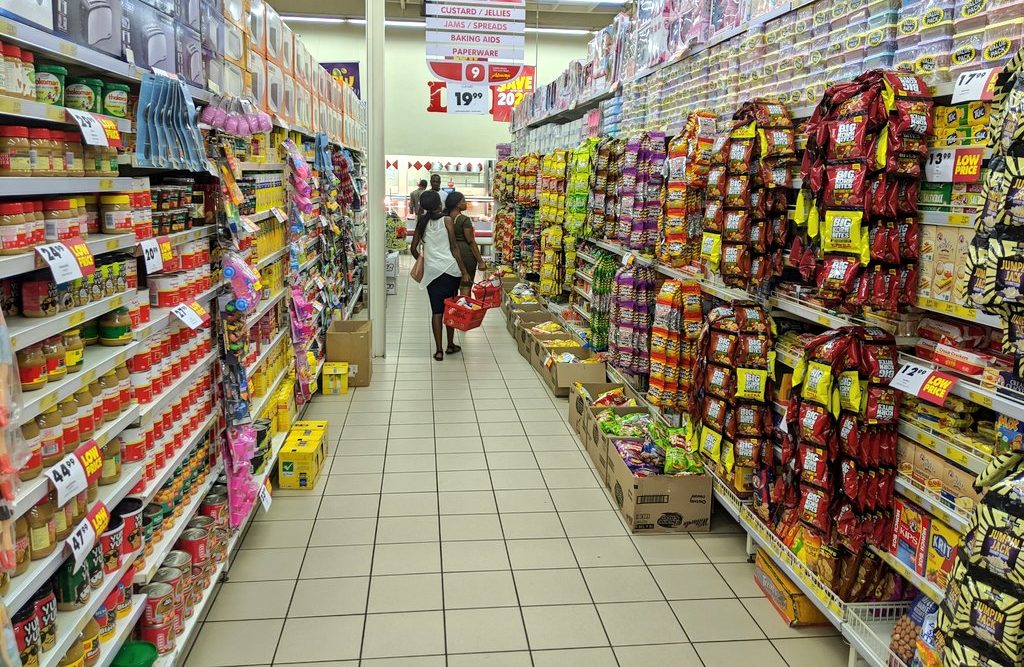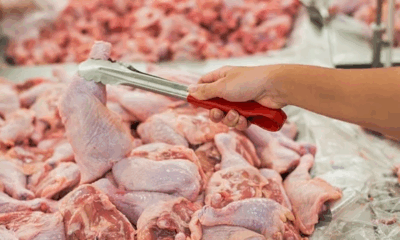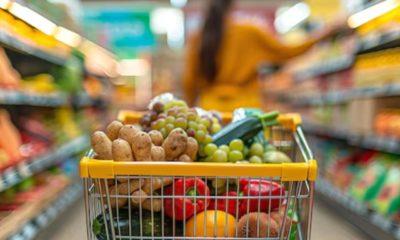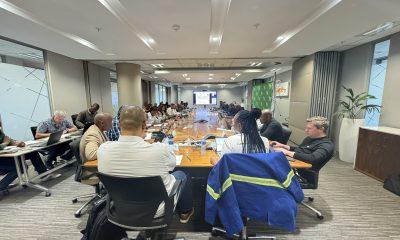News
Why Johannesburg Tops the List as South Africa’s Priciest City for Groceries in 2025

A growing cost burden for Jozi households
Life in the City of Gold comes at a cost and in 2025, that cost is felt most sharply in the grocery aisles.
According to the latest data from the Pietermaritzburg Economic Justice and Dignity Group (PMBEJD), Johannesburg has officially retained its title as the most expensive metro in South Africa to buy groceries. The average household food basket here cost a staggering R5,648.85 at the end of June , R205 more than the national average, and R336 more than what Durbanites are paying.
This comes at a time when food inflation continues to outpace overall consumer price inflation, despite national inflation sitting steady at 2.8% for two consecutive months. In Jozi, the numbers tell a deeper story of daily struggles, shifting food priorities, and widening affordability gaps.
What’s driving food costs higher?
Several key food items have seen sharp price hikes and some of the biggest culprits are South African staples.
Take beef, for instance. Prices for stewing beef, steak, and mince climbed significantly in May, with steak alone jumping 4.5% month-on-month. According to Stats SA, a mix of higher feed costs and a widespread foot-and-mouth disease outbreak has made meat a much more expensive indulgence.
Other essentials haven’t escaped inflation either. Maize meal, a central part of many local diets, has seen a jaw-dropping annual increase of 14.2%, while samp is up over 20%. Sunflower oil, margarine, and fish fingers also contributed to food cost inflation, reinforcing just how widespread the impact is.
Johannesburg vs. the rest: A regional snapshot
While all major metros are feeling the pinch, Johannesburg continues to sit at the top of the grocery price pyramid.
Here’s how the cities compare as of June 2025:
-
Johannesburg: R5,648.85
-
Cape Town: R5,397.23
-
Durban: R5,312.22
Cape Town, though still cheaper than Johannesburg, saw the largest year-on-year increase — a 5.8% surge. That’s nearly double the increase seen in Jozi. Meanwhile, Durban recorded a slight monthly decrease in its food basket costs, yet its yearly growth rate is identical to Johannesburg’s at 3.6%.
What’s surprising is that despite these increases, Johannesburg still managed to widen its affordability gap. It’s now R251 more expensive than Cape Town and more than R336 costlier than Durban, that’s an entire week’s worth of food for some households.
Why are Jozi prices always higher?
Part of the answer lies in urban density and logistics. Johannesburg’s sprawling metros and industrial zones increase distribution costs, especially for fresh produce and meats. High rent, fuel prices, and security issues at stores also drive up operating expenses, all of which end up on your till slip.
But some food justice experts say it’s more than just supply chains. “The cost of living crisis is structural,” one Johannesburg resident commented on social media. “It’s not just inflation, it’s stagnant wages, job scarcity, and inequality.”
There’s also a cultural element. Johannesburg, with its fast-paced lifestyle and consumer diversity, tends to stock more branded and convenience items, which often come at a premium compared to traditional whole foods.
Food security and what lies ahead
While Stats SA reports point to slight easing in general inflation, food remains a stubborn exception. With winter energy prices still elevated and drought risks looming over maize and cattle production, there’s little relief in sight for consumers.
Community activists and NGOs are calling for stronger policy responses, including subsidies for key staples, tighter food chain regulations, and protection for vulnerable households.
As we cross the mid-year mark, grocery prices are becoming more than just a budget concern, they’re a political issue, a social challenge, and a key test for South Africa’s economic resilience.
Stretching the monthly budget
Johannesburg residents are no strangers to hustle, but in 2025, even a trip to the supermarket feels like a financial negotiation. With food costs climbing higher than the inflation rate, and wage growth remaining tepid, families are cutting back, switching brands, and relying more on community support networks.
Whether you’re in Sandton or Soweto, this cost-of-living reality is shaping the way South Africans eat, shop, and survive. The big question now is: How much higher can the prices go before something gives?

Sourced: BusinessTech
Stay informed. Stay local. And keep that till slip, it’s telling the story of South Africa’s economic future, one food basket at a time.
{Source: BusinessTech}
Follow Joburg ETC on Facebook, Twitter , TikTok and Instagram
For more News in Johannesburg, visit joburgetc.com



























